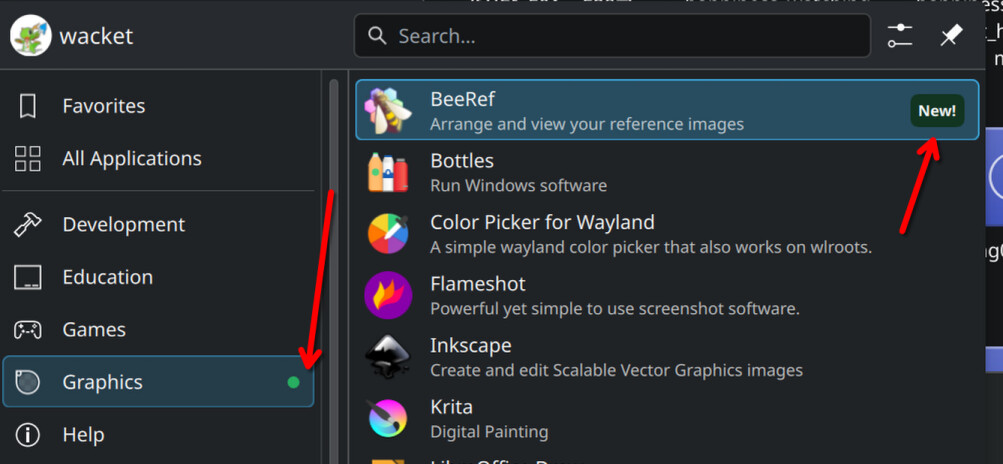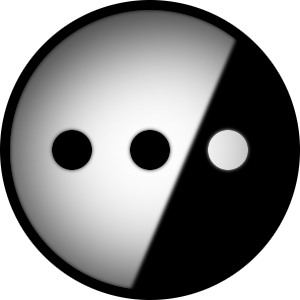For every change there is an angry Linux user. Even when it is easily disabled and never a problem again.
On the flip side - how often do you install new programs so this becomes an annoyance in the first place?
I install something new maybe once a month or less for desktop use. I have not even noticed this blip.
Somewhat more often in and for terminal use.
I was very annoyed when I got this, but remembered that it’s KDE, and turning it off is 4 clicks. Proprietary software often doesn’t allow you to turn this off (easily). Windows has this “feature”, where is the setting?
I don’t think it’s a productive “feature”, but considering it can be turned off so easily I don’t consider it a complete showstopper.
Windows has this “feature”, where is the setting?
I assume youre talking about W11?
Because the “Show recently added apps” setting is third option in the start menu settings on W10.
The main issue is UX imo. On Windows 11, it’s “5 clicks”, but you have to open the settings app and find the setting two submenus deep. On KDE, it’s right click > configure application launcher > toggle setting > apply.
This kind of bullshit shouldn’t ever be on by default. KDawful reminds me again why I ditched it for XFCE.
I think it’s still an interesting question whether this feature should be enabled by default (and most people seem to agree it should be).
If it wasn’t on by default, the kind of person who would benefit from it wouldn’t discover it.
The kind if person who would benefit from that shouldn’t be using a computer. But then again, most smartphone users shouldn’t be using a phone. How about choosing different default settings in an installation based on a central “expert” vs “newbie” setting?
People who find computers useful should be using computers.
This weird idea from some linux users that only people who see their computer as a hobby and have mastery over them should be allowed to use them, and that computers should be designed exclusively around the needs of computer-as-hobby users, is absolutely nuts.
Its a tool. It should be designed to be useful as possible to anyone who needs such a tool.
Sincerely,
Another linux user who cares about UI/UX and is tired of this kind of junk. It’s a dumb argument, let’s all stop making it please. Linux supports all your “technical user” wildest dreams, let the average people have their features and design considerations too.Oh. You’re one of them. I can safely ignore you.
I think it’s a great feature. I can now quickly find the thing I just installed in my menu.
Yeah. Plus they immediately got a reply from someone showing where you can turn it off in settings.
I’m glad there’s a toggle, it seems like it would actually be useful here but I’d probably turn it off.
With that said, there’s a special place in hell for the multitudes of apps that have red notification dots all over the UI with no clear indicator as to what they’re about or how to clear them :D
Yeah, I hate those little dots and I inevitably jump through the hoops until I’ve clicked enough things to make them go away.
Lol does that mean he should donate the second 100€
He said “I’ll donate 100 EUR if you remove”, so I think he may be obligated to donate every single time this option is disabled.
Funny little read there.
There is a setting, but I was equally annoyed that it is on by default.
Even more surprising - when I launched the new app miltiple times, it was still marked as new.
It’s probably time based.
And this kind of thing isn’t for the type of people who mess with settings. If this defaulted to off, then it would actually be useless.
If this defaulted to off, then it would actually be useless.
Would just be the other way around with what posts you see online. Instead of OP you’d see “how can I find my newly installed apps” and the same “ahem” screenshot reply.
Hahaha, what a great way to start tuesday morning.
I cannot wrap my head around the use case of this. Is the attention span of people really this degraded in 2025 that they need to be reminded what program they just installed?
I think the author has a valid point. This just clutters the UI and adds unnecessary mental load by directing your focus to the indicators every time you open the application menu.
Don’t get me wrong, I am not against a “new” label in every context but in this specific case it just feels unnecessary.
*edit: If the use case is: Little Timmy installed a new program on grandmas PC and now she can see the new program better I guarantee you grandma will be super confused when the green dot disappears and from that time on can’t find the program anymore. I support a couple of KDE systems with users like Grandma and a dynamic UI like this in contra productive in my experience. For grandma you put the app she is supposed to use in the taskbar as a starter and that’s it. No “new” label needed.
Some apps have weird names and I forget what they’re called. Showing a “new” badge, even if it’s just for the first few times I open the app, makes it more likely that I’ll remember the app’s name.
Thanks for the reply. Forgetting the name of the application you installed 10 seconds ago was not something I had considered. I wonder if this a common occurrence since this literally never happened to me before.
Sound like a really nice person /s
You can set most KDE menus to show the “Comment” key of the .desktop files instead of the “Name” key. So “KDE Advanced Text Editor” instead of “Kate”.
Packages can come with several “programs” that aren’t necessarily named the same as the package. Example: Calibre installs menu items for “Calibre”, “EBookViewer” and “EBookEditor” on my distro.
It’s not about forgetting…it’ about helping to quickly find what you just installed and what is all included.















